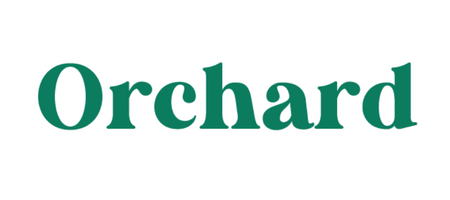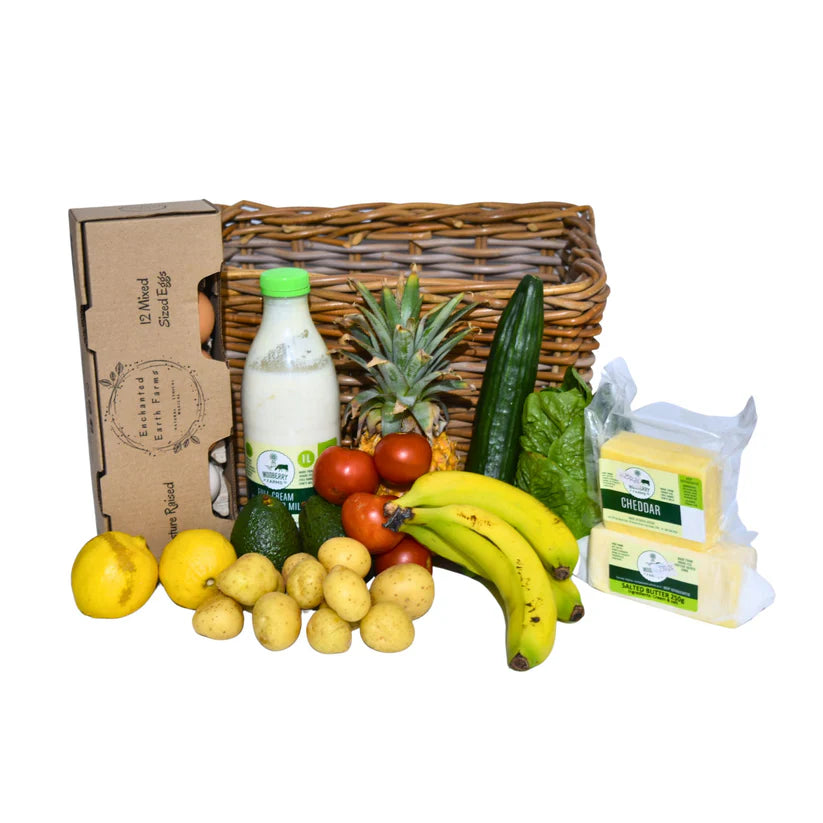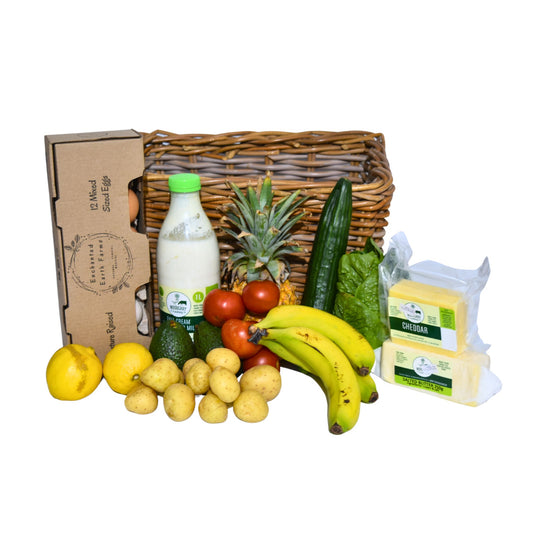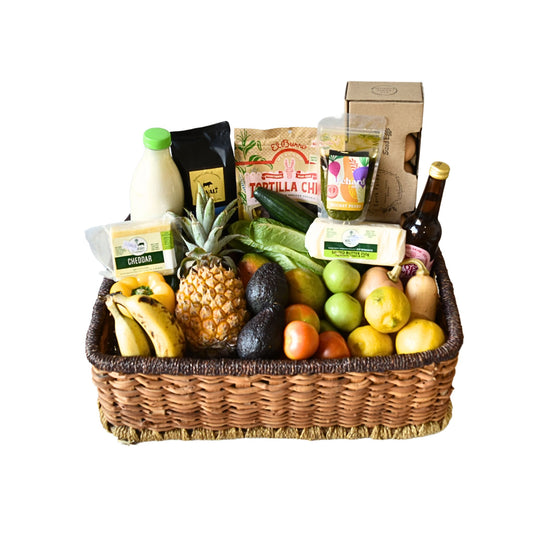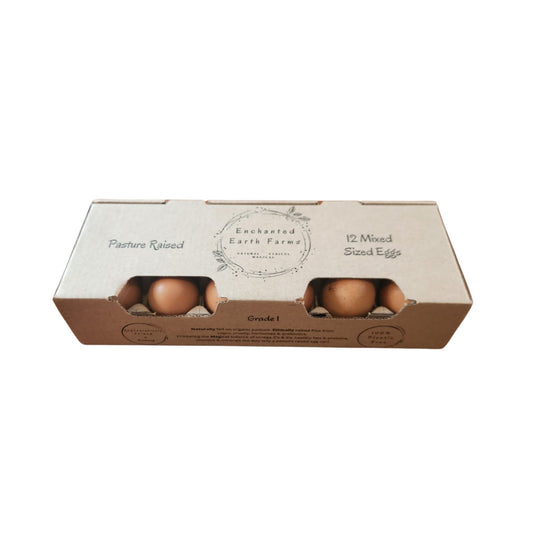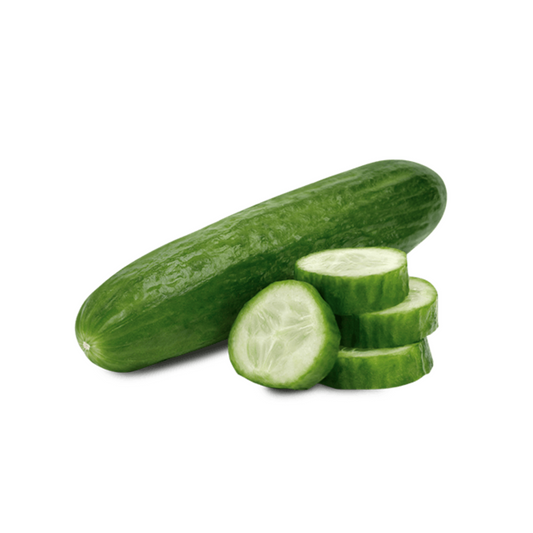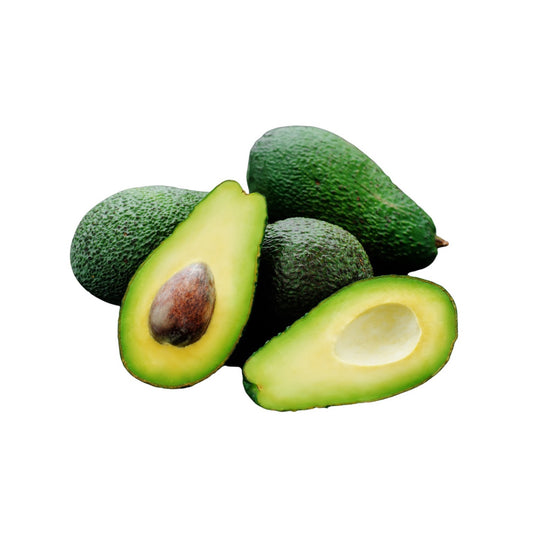Article Summary:
-
A sourdough starter is a natural yeast made from flour and water.
-
Organic flour helps wild yeast thrive for better flavour and health.
-
With patience and care, your starter can last a lifetime.
Bread that starts with life
There’s something deeply satisfying about baking your own bread—but even more so when that bread begins with life. A sourdough starter is a living culture of wild yeast and good bacteria that gives bread its rise, texture, and signature tang. Making it yourself, with organic flour and water, connects you back to the natural rhythm of real food—simple ingredients working in harmony.
What you’ll need
You don’t need fancy equipment or ingredients to make sourdough—just quality and consistency.
Ingredients:
-
1 cup (120 g) of organic whole wheat or rye flour
-
½ cup (120 ml) of filtered or spring water (avoid chlorinated tap water)
Tools:
-
A glass jar or ceramic bowl (avoid metal)
-
A spoon or spatula
-
A clean cloth or breathable lid
Organic flour is important—it hasn’t been stripped of natural microorganisms and nutrients, so it creates a healthier, more active starter.
Step 1: Mix and wait
In your jar, combine the organic flour and water. Stir until smooth, then cover loosely with a cloth to let air in while keeping bugs and dust out. Leave it at room temperature, ideally between 20–25°C. Within 24 hours, you might see small bubbles—this means wild yeast from the flour and air are waking up.
Step 2: Feed your starter daily
After 24 hours, it’s time to feed your new culture. Discard half of the mixture (you can compost it) and add:
-
½ cup (60 g) of organic flour
-
¼ cup (60 ml) of filtered water
Stir again and cover. Repeat this process every day at roughly the same time. Over a few days, your starter will begin to bubble more vigorously and develop a pleasant, slightly tangy aroma.
Step 3: Watch for signs of life
By day 5–7, your starter should be doubling in size a few hours after each feeding. That’s how you know it’s ready to bake with. If it smells sharp or fruity and is full of bubbles, congratulations—you’ve built your own living culture. If it’s sluggish, keep feeding it for a few more days.
Step 4: Store and maintain
Once your starter is active, you can store it in the fridge and feed it once a week to keep it healthy. When you’re ready to bake, take it out, feed it, and let it come back to room temperature. Think of it as a kitchen pet—it thrives on attention but forgives a little neglect.
Why organic matters
Using organic flour ensures your starter begins with natural, nutrient-rich ingredients. Conventional flours are often bleached and processed, which can kill or weaken the wild yeast. Organic flour supports a more robust microbial community, creating stronger fermentation and better bread texture. Plus, it’s a cleaner, more sustainable choice for both your body and the environment.
From starter to story
An organic sourdough starter is more than just a baking project—it’s a relationship with nature. Each bubble tells a story of wild yeast and flour working together in perfect balance. With patience and good organic ingredients, you’ll create something that can last for years, even generations. At Orchard Food, we believe the best food starts simply—with quality, care, and time.
